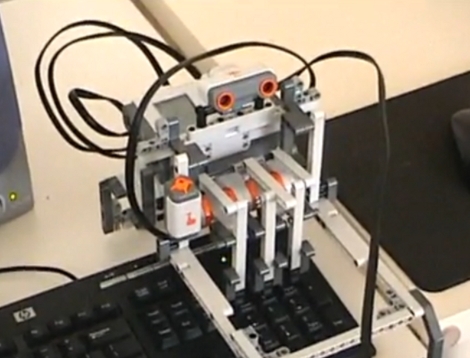
[Pieter] is in the process of adding a turbo package to his ride. He needed a status display for the boost but didn’t have a good way to mount an additional display. He came up with the idea of using the LCD screen that’s already in the dashboard, but the specs for it were not available. Wielding his hard-earned hacking skills [Pieter] used a logic analyzer to sniff out the communications to the screen. He built a controller board that overrides the data coming in from the head unit. The board is also able to query the car’s computer for data and display it in any format you want. What he ends up with is a stock look that he can customize for his needs. Nice!















